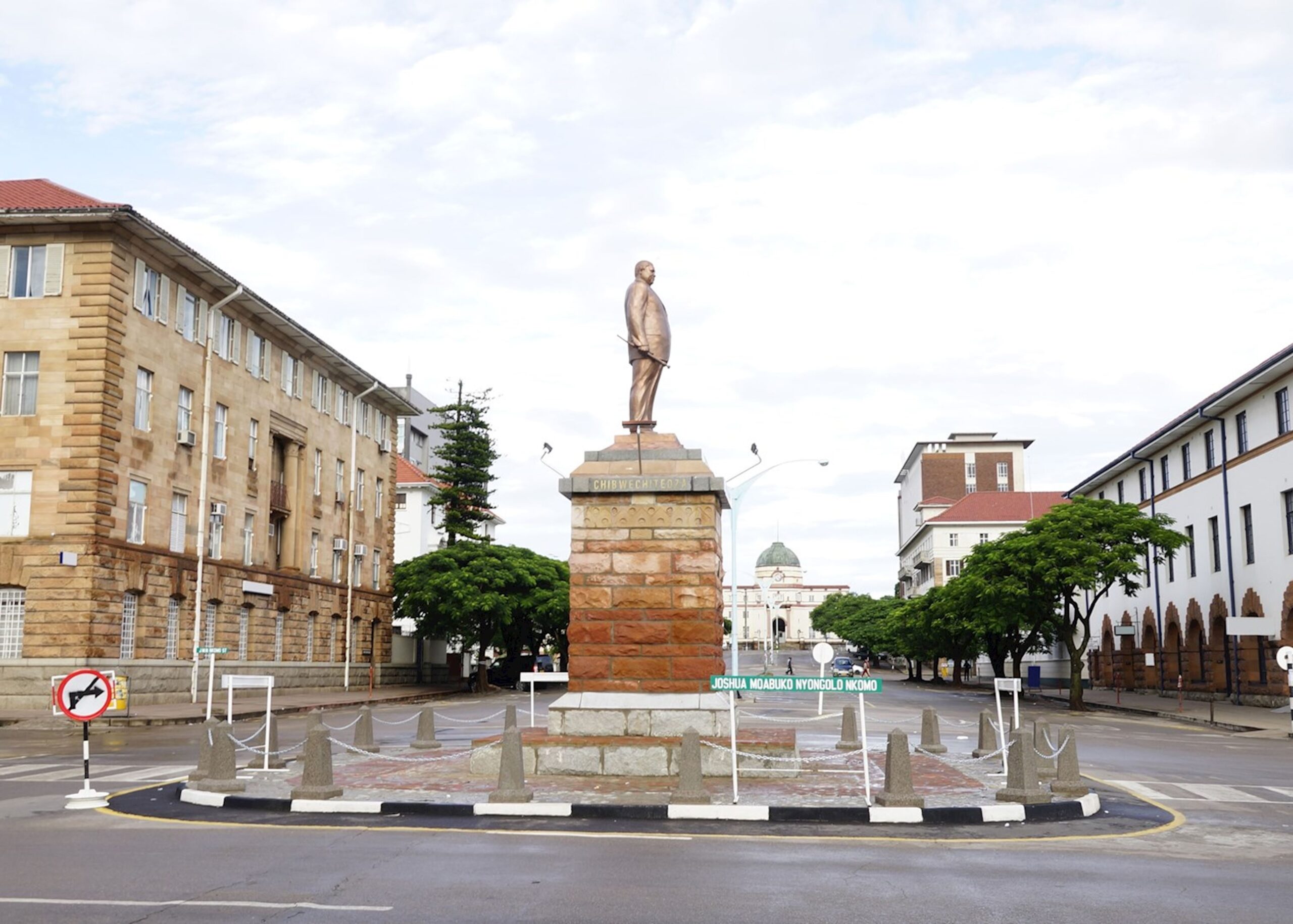NDS1 invigorates industrial value chains
THE ongoing rollout of the National Development Strategy (NDS1:2021-2025) is having positive impact on the economy evidenced by the strengthening of key industrial value chains, which have seen an increase in domestic manufacturing output, Industry and Commerce Minister, Dr Sekai Nzenza, has said.
Zimbabwe’s manufacturing sector capacity utilisation clocked 66 percent in the fourth quarter of 2021 from 47 percent at the beginning of the year, according to official records from Zimstat.
Analysts have said the jump in capacity utilisation confirms the country’s manufacturing sector is on a rebound mode, and is responding positively to the Second Republic’s economic reform agenda.
This has seen local companies consolidating the domestic market share as the country moves to substitute imports and grow export earnings.
“The successful implementation of the NDS 1 has strengthened the agro-based value chains, which include soya bean value chain, fertiliser value chain, cotton to clothing value chain, sugar value chain, dairy value chain and leather value chain,” said Dr Nzenza.
She was addressing delegates during the Zimbabwe Rwanda Trade and Investment Conference, which was attended by President Mnangagwa, ministers and business executives from both countries in Harare on Monday.
“In addition, we have also capacitated the pharmaceutical value chain, bus and truck assembly value chain, engineering, iron and steel and value chain and the plastic waste value chain,” said the minister.
“In this regard, the manufacturing sector in Zimbabwe is exporting agro-based products, electrical cables, sugar, paper products, and cotton products, among others. “In addition to these, Zimbabwe has great potential to export pharmaceutical products, dried fish, maize seed for sowing, bars and rods of iron or non-alloy steel, wooden furniture, manufactured tobacco, and cereals.”
Dr Nzenza said Zimbabwe is richly endowed with natural resources, human capital and a conducive climate, which potential investors could take advantage of to grow their earnings.
The opportunity spectrum covers main subsectors such as agriculture and agroprocessing, mineral beneficiation, manufacturing and value addition of raw materials, production and supply of tourism products, transportation and storage, among others.
“There is, therefore, scope for business growth between our two countries through partnerships and trade by our private sectors in these value chains,” said Dr Nzenza.
In view of the anticipated gains from the African Continental Free Trade Area (AfCFTA), she said Zimbabwe and Rwanda can form a strong strategic alliance in manufacturing as well as other productive sectors of the economy.
Such collaboration could pivot the two economies by pooling comparative advantages, said Dr Nzenza.
“I believe we have a huge opportunity for our two countries given that the AfCFTA became operational in January this year and will potentially create the world’s largest free trade area with a market of more than 1.2 billion people,” she said.
“In order to maximise our benefits from the AfCFTA, it will be critical to deal with bureaucratic delays and ‘red tape’ that pose a burden for moving goods across borders for traders.
“We need to promote trade facilitation for the simplification, modernisation and harmonisation of export and import processes.”
The talks with Rwandan counterparts come at a time when the Government continues to fine-tune the doing business environment including stabilising the foreign exchange market.
The Government is also providing credit finance through the Industrial Development Corporation of Zimbabwe at affordable interest rates and has committed to utilising a significant part of the IMF Special Drawing Rights to support the productive sectors that include industry, agriculture and mining as well as foreign currency reserves and contingency fund.
Dr Nzenza also said President Mnangagwa’s administration has registered a number of milestones since coming into power in 2017 as shown by massive infrastructure development projects country-wide, the revamping of all productive sectors of the economy and the implementation of business-friendly policies.
“This has resulted in increased investment in the country, increased productivity and
competitiveness, employment creation and food security,” she said.
“Government is promoting competitiveness in the country through creation and
promotion of a conducive environment for business towards the realisation of a private
sector led economic growth.”-The Chronicle









